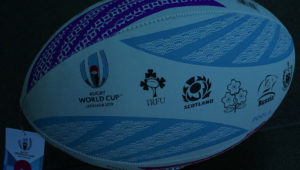Food, Drink & Language in Japan
Language
It goes without saying that Japanese is the predominate language in Japan. English is taught in schools, so some people we met were interested in conversing with us to practice their skills. Still, most Japanese people are not comfortable with spoken English. Some locals would use a translation feature on their cell phone to communicate with us. They would type their message and then translate the text to English. In large tourist centres, like Tokyo and Osaka, English was more common. Hotel staff, and some restaurant staff, spoke pretty good English. Most important signs (in train stations, subway stations, major road signs etc.) were in both English and Japanese. All our tours will have a bilingual guide as well as one of our very own staff to assist you throughout.
We will be providing you with a phrase book when you book a tour with RTI. A few basic phrases and polite greetings will be greatly appreciated by the locals. The Google Translate app is also an invaluable tool.
In your final tour itinerary we will have all your hotel names and addresses written in Japanese. This is essential information to have when asking a taxi driver to take you back to your hotel.
Taxis
Taxis are similar prices to back home, if not a bit cheaper. Taxi drivers in Japan will generally not try and scam you. They always took an efficient route and were honest with the meter.
You can hail a cab from taxi stands in front of train stations or flag one down on the road. It’s a little counter-intuitive, but a red light on the roof or dashboard indicates the taxi is vacant, while a green light means it’s occupied. In our experience, most cab drivers didn’t speak much English, so it helped to have the address of where we were going written in Japanese. We would sometimes also have to show them our destination on a map.
Don’t try and open the left rear door, as the driver opens them electronically from the inside.
Food & Drink
Eating out in Japan is an amazing experience and so different from home. The biggest tip we can pass on from our site visit is that if you want to save money don’t eat or drink in the hotels. They can be very expensive indeed. Conversely, eating out can be very reasonable, even in Tokyo.
Popular dishes in Japan include rice-bowls, noodle soups, hot pots and sushi. Vegetables, tofu and soy products are commonly used as ingredients in Japanese cuisine. There is a lot of seafood but we also found plenty of western food options available.
Many restaurants have realistic-looking plastic “food” displays in their window, so you can easily see what’s on the menu. There are usually also pictures on the menu, eliminating the language barrier when ordering. Some places had English menus available.
You will receive a small wet cloth at most Japanese restaurants. Use this to wash your hands before eating, then carefully fold it and set it aside on the table.
We loved eating and drinking at the numerous Izakaya. These are a type of casual restaurant where local people go to enjoy Japanese food and drinks, often referred to as a type of “gastropub”. The food was always good and drink prices were reasonable.

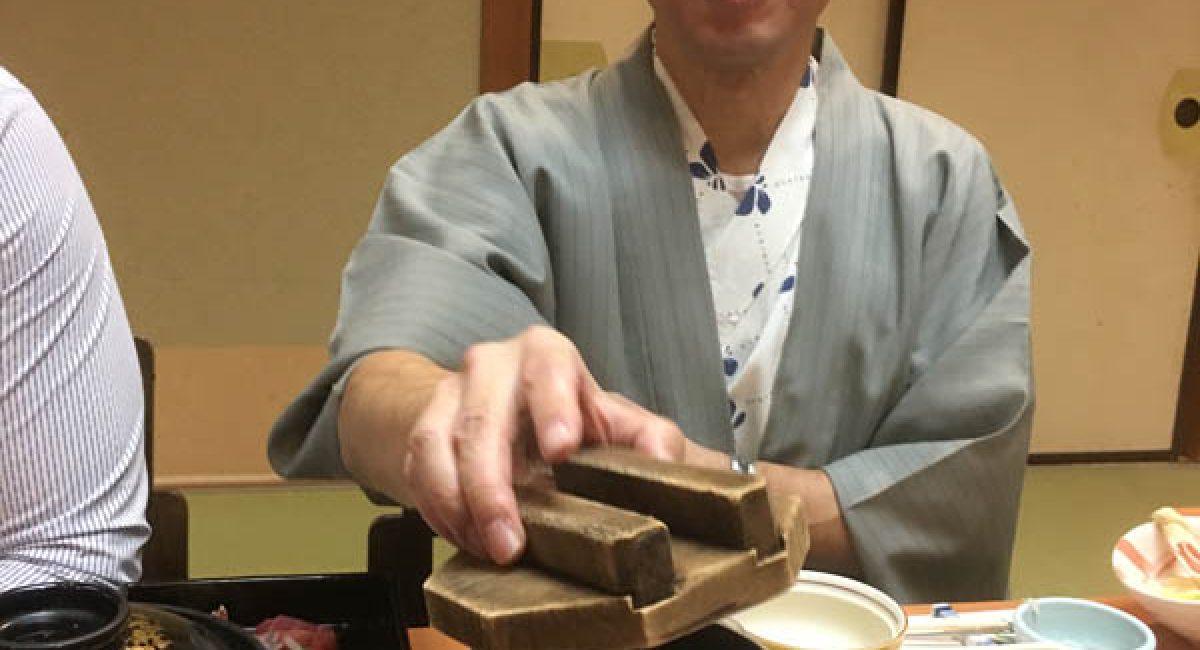
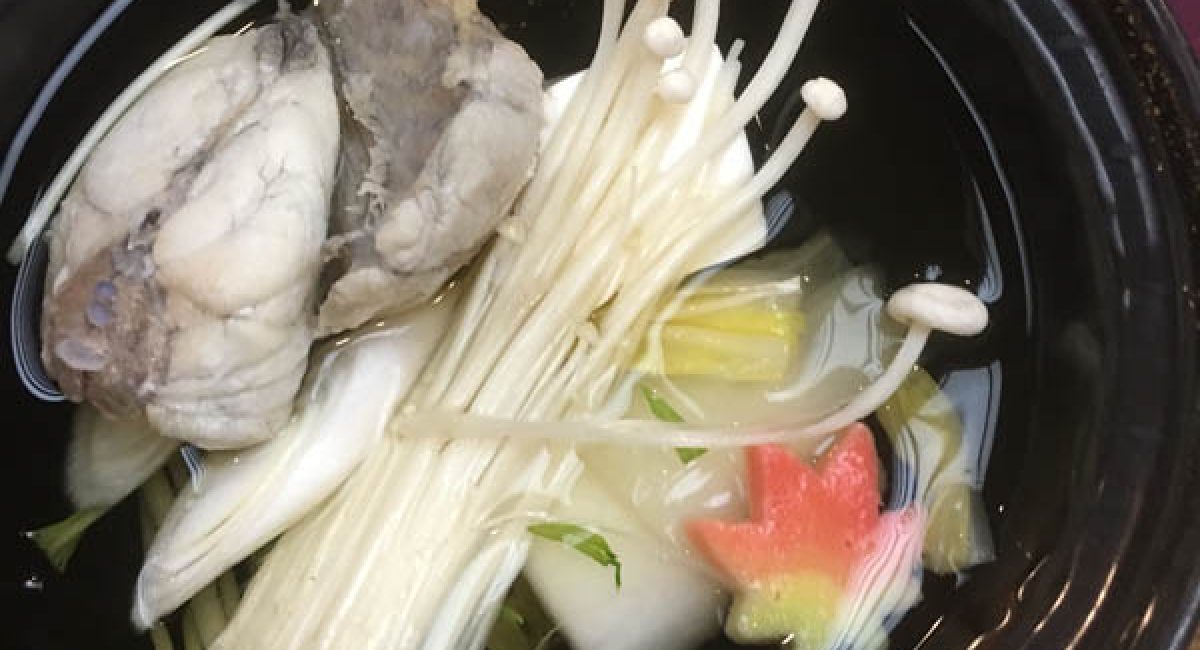
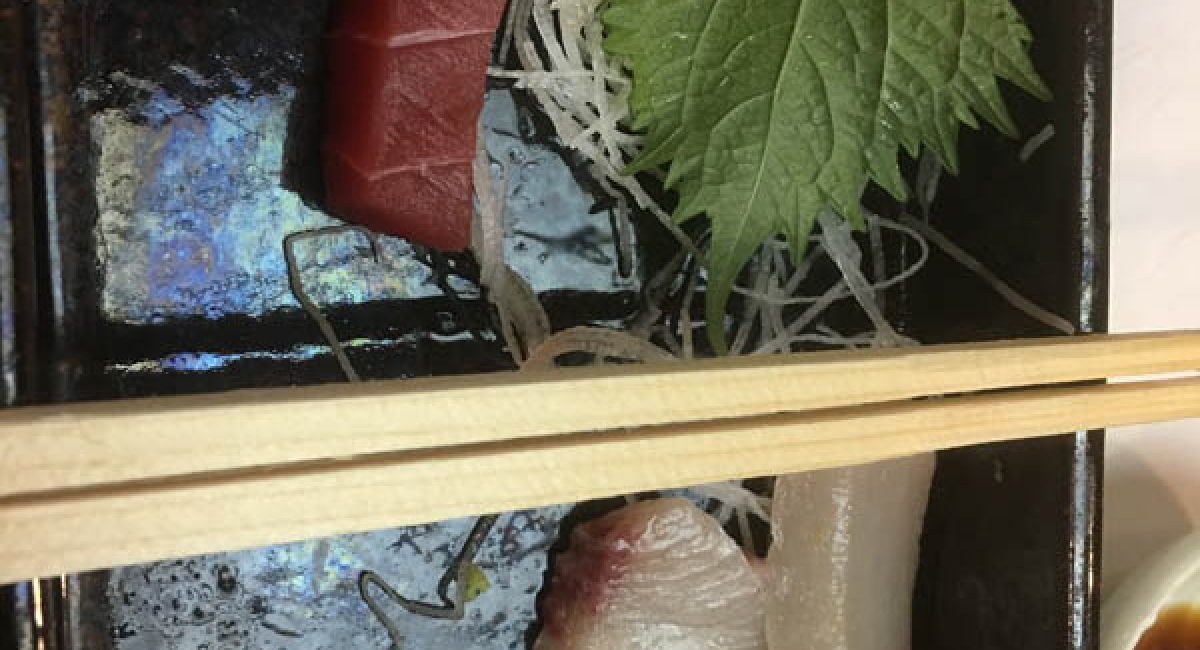
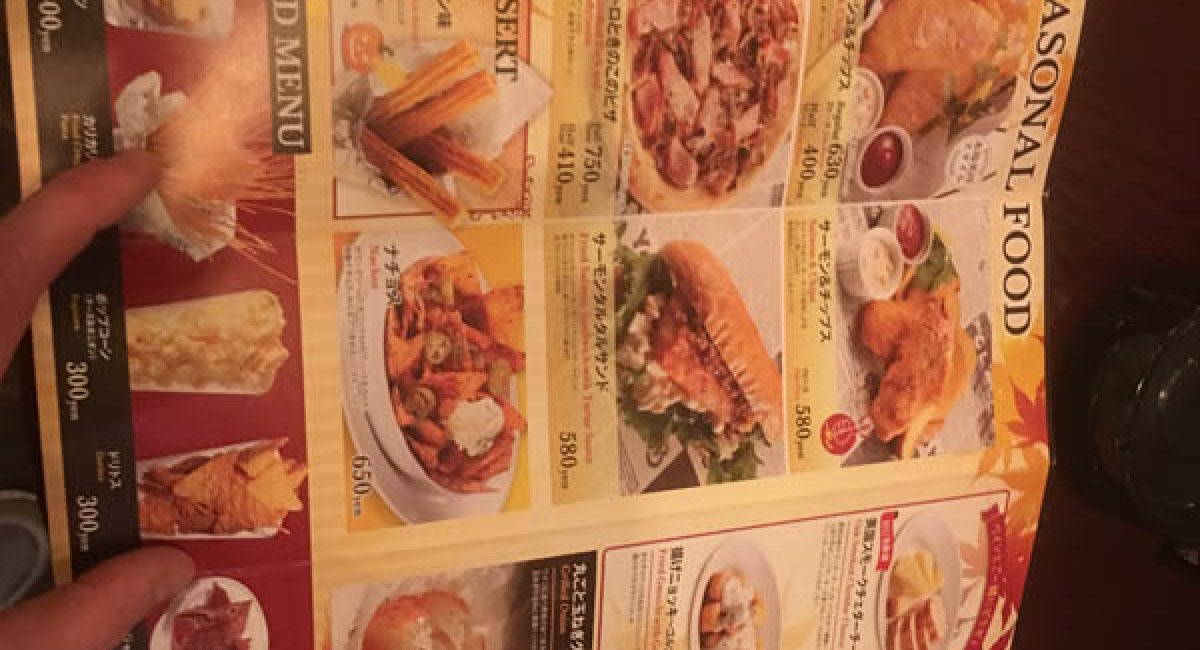
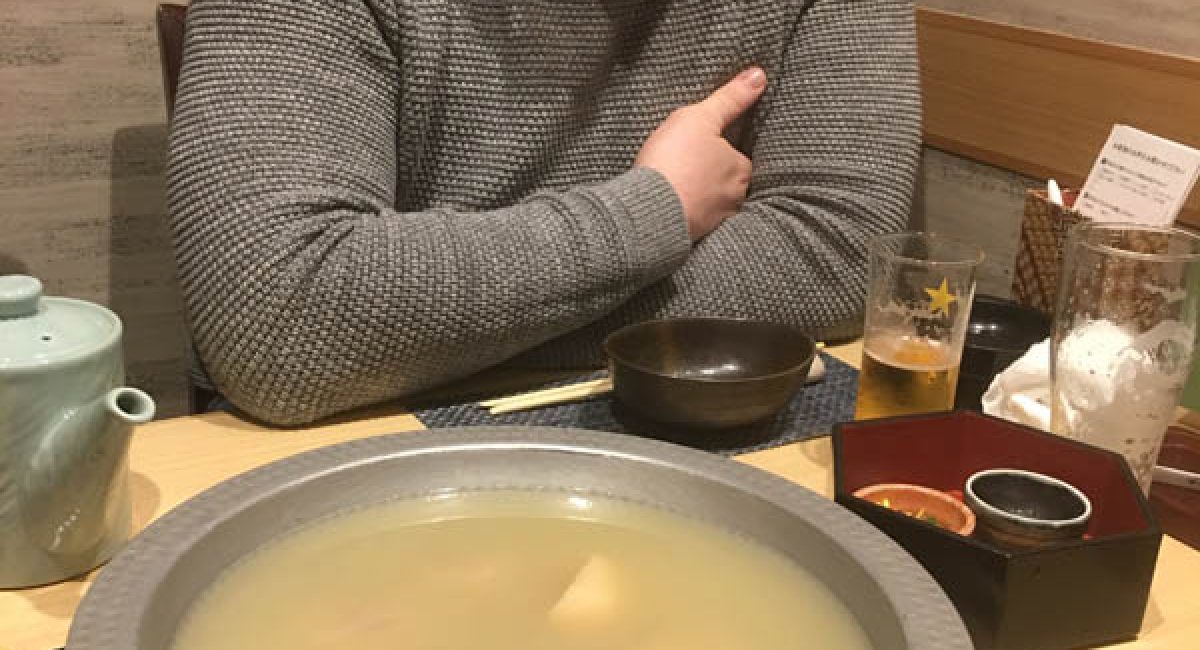
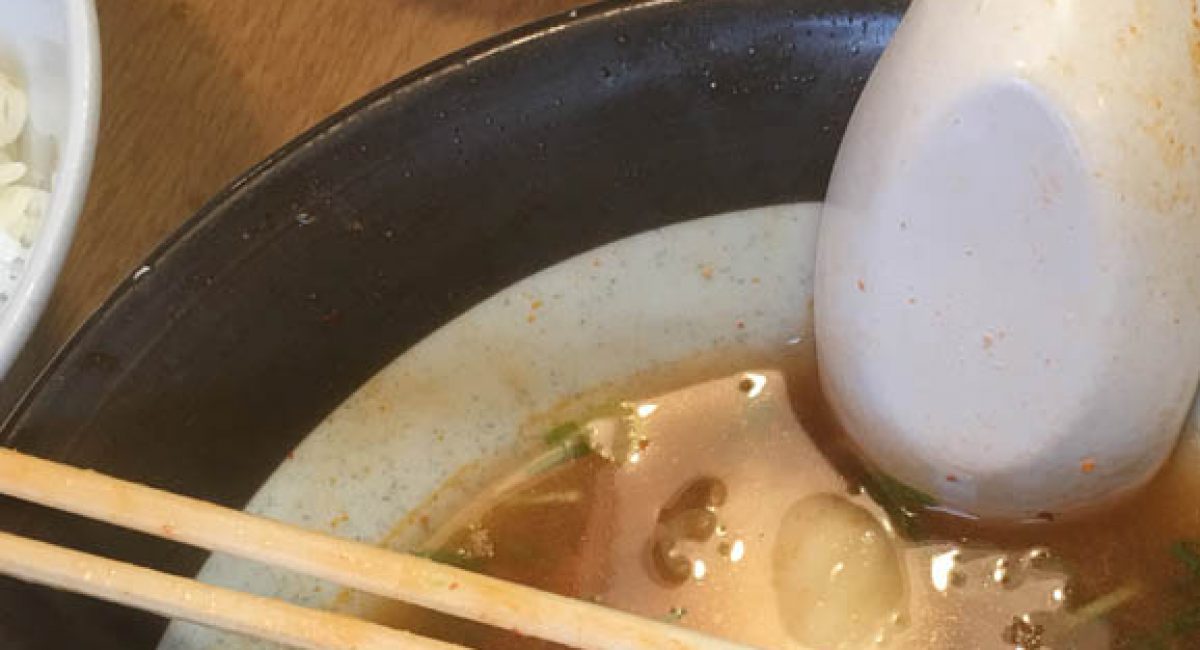
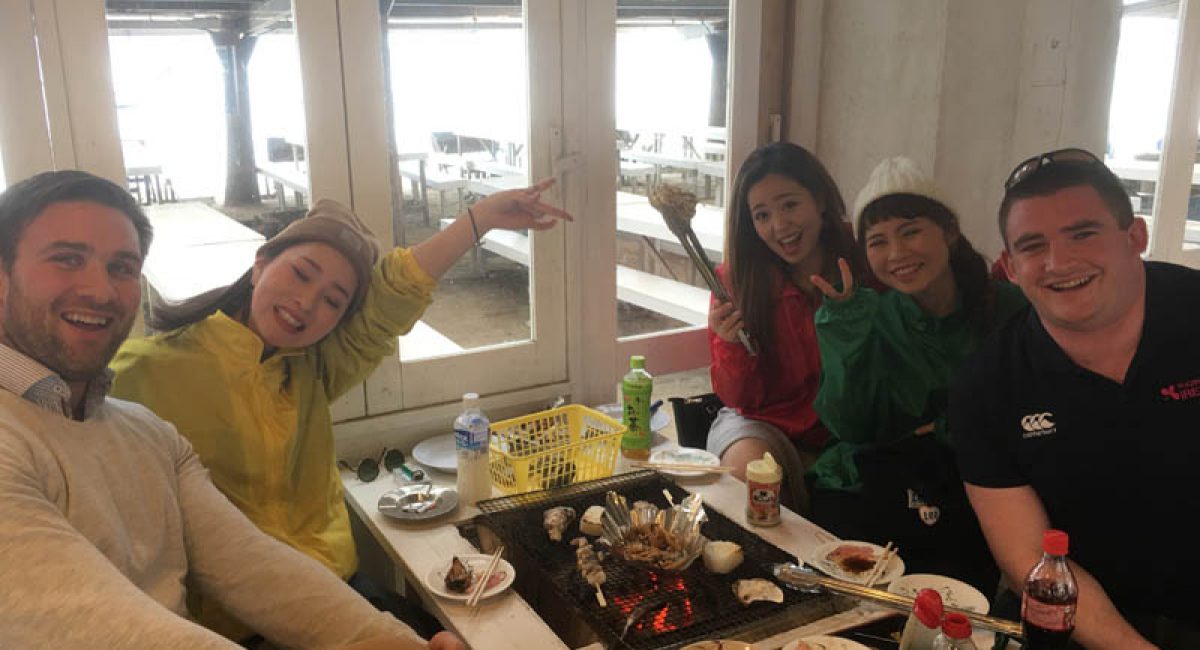
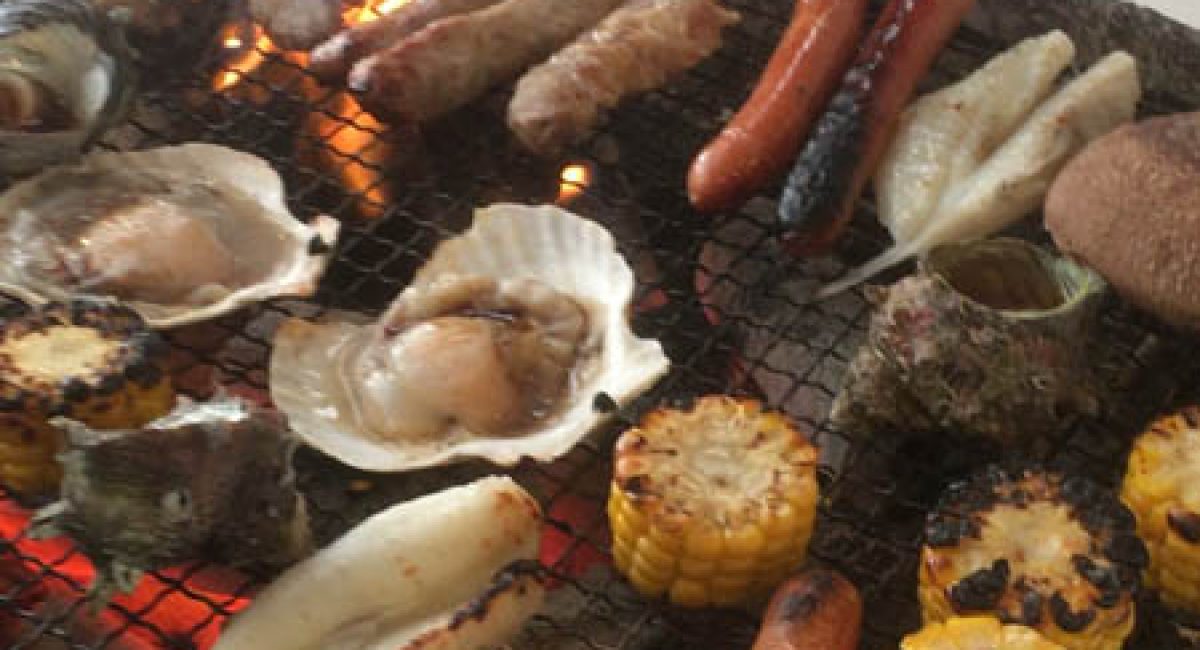

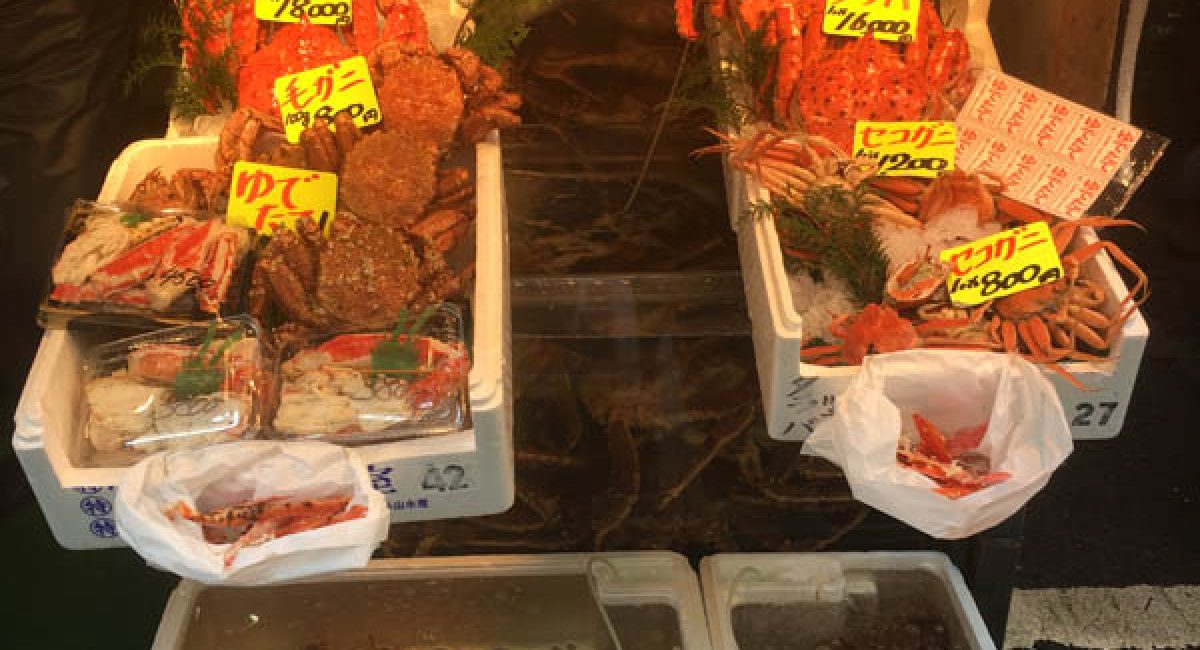
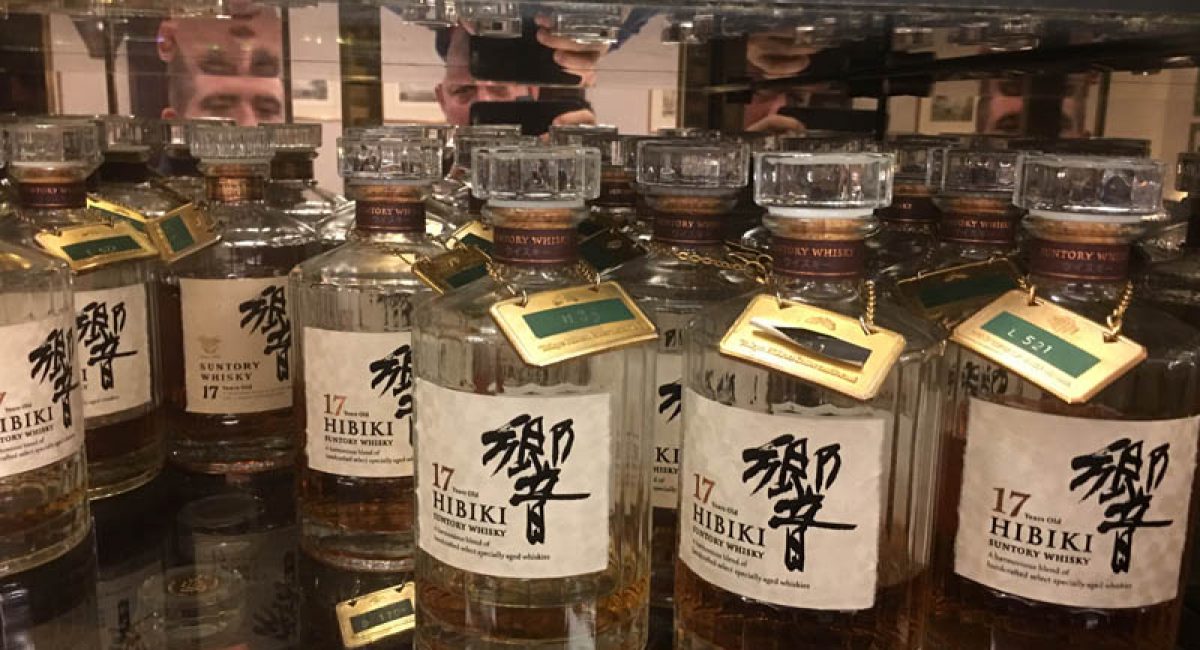
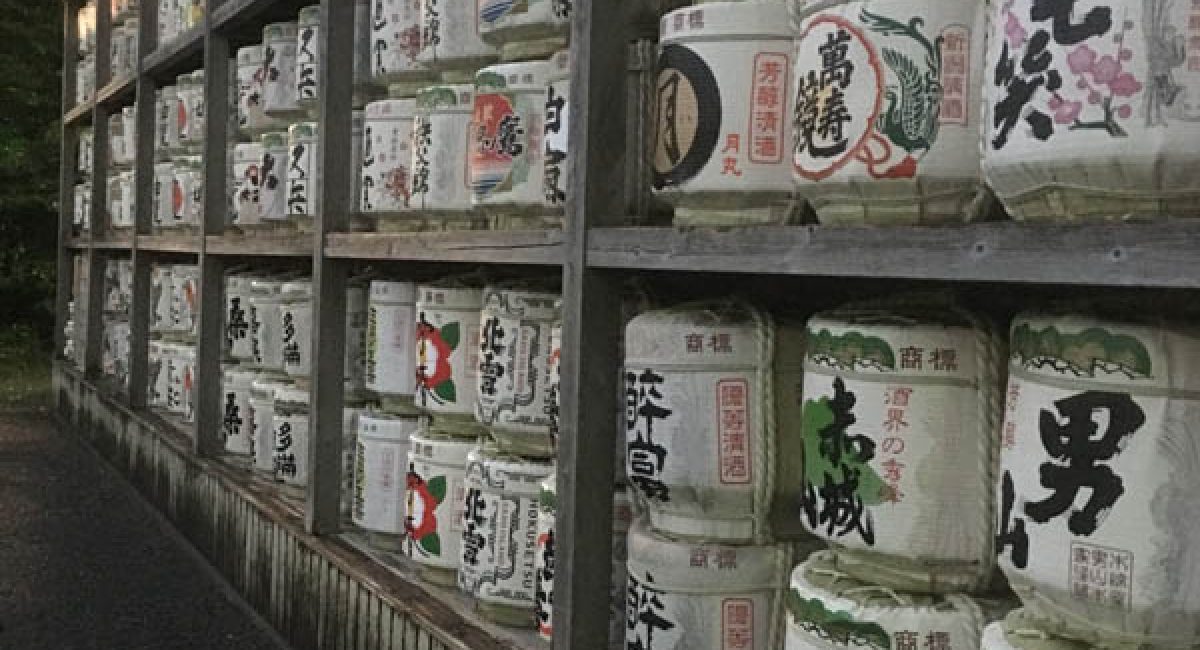
Tipping
Good news! Tipping in Japan is not expected and some people may even take offense. This includes restaurants, bars and taxis.
Shoes
To enter a temple building and people houses you will have to remove your shoes. Sometimes you will be provided with a plastic bag to carry your shoes in, other times you can leave them at the entrance. After a couple of days we wished we had slip on shoes! We recommend that you bring a pair with you.


